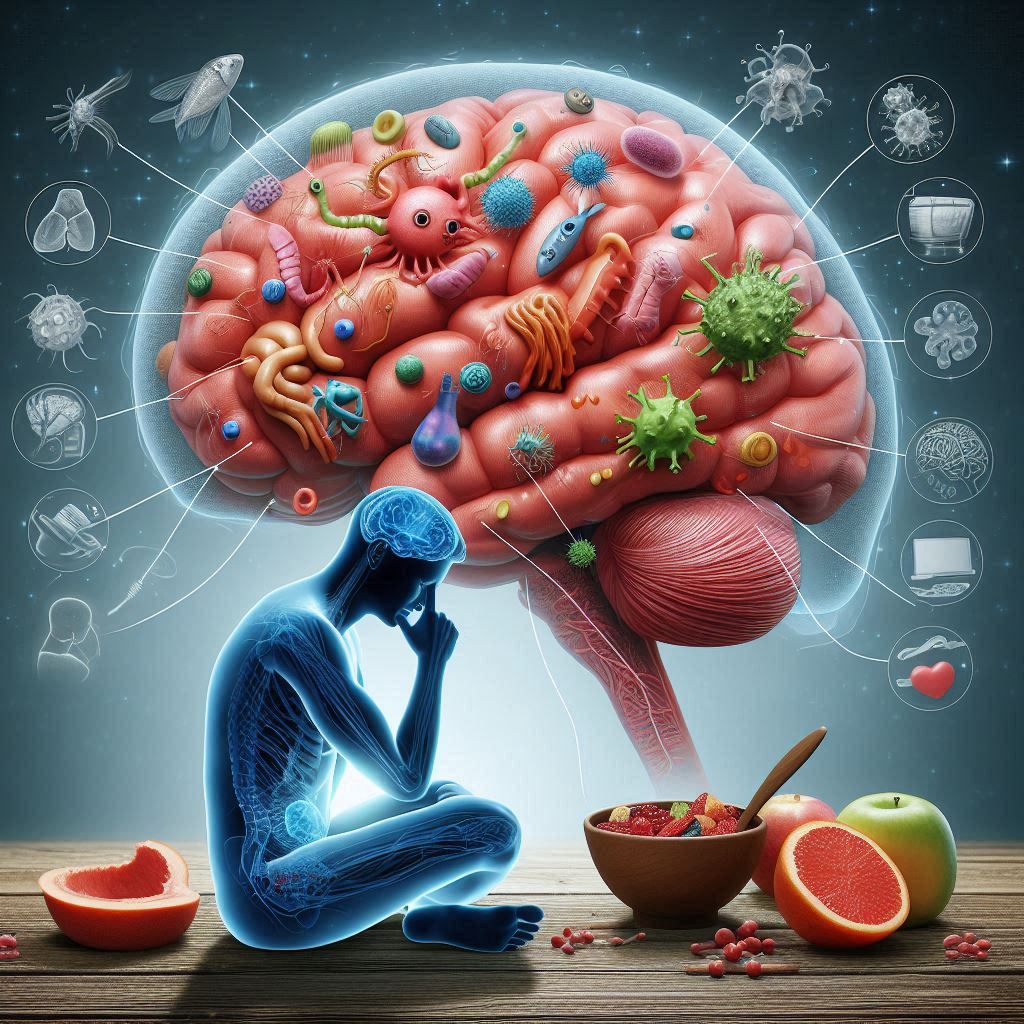Remedies for Seasonal Affective Disorder (SAD): Millions of people all around feel the familiar weight of SAD as the days become shorter and sunlight gets rare. Usually arriving in fall and winter, this type of depression causes poor mood, tiredness, and a general alienation from the pleasures of life.
If you suffer from SAD, know you are not alone and, more significantly, that suitable treatments do exist. This blog examines seven evidence-based Remedies for Seasonal Affective Disorder that will enable you to recover your energy and well-being in the darker months.
Recognising Seasonal Affective Disorder: Beyond Winter Blues
Unlike sporadic winter gloominess, the seasonal affective disorder is not About 5% of persons in the United States have this clinically identified disorder; for many of them, symptoms last roughly 40% of the year. Persistent low mood, energy depletion, sleep problems, changes in appetite or weight, poor concentration, and seasonal pattern-based pessimism define SAD.
The main offender behind SAD is less natural sunshine, which throws off your body’s internal clock (circadian rhythm), lowers serotonin levels (a mood-regulating neurotransmitter), and changes melatonin generation (a hormone that affects sleep patterns). These metabolic changes set up the ideal storm for seasonal sadness.
Let’s investigate seven helpful Seasonal Affective Disorder cures targeting these fundamental causes.
1. Light Therapy: The GOLD Standard Remedy for Seasonal Affective Disorder
Still, one of the most investigated and successful remedies for Seasonal Affective Disorder is light therapy. This method entails sitting close to a specific light therapy box that produces intense light akin to natural outdoor light. The treatment stimulates the brain chemicals associated with mood and sleep control impaired during darker months.
Most professionals advise using a 10,000-lux light box for the best effects for about 20 to 30 minutes daily within the first hour of waking. Position the box about 16 to 24 inches from your face, at eye level but somewhat off to the side. Consistency is key; light therapy usually shows apparent changes in days to weeks when used consistently over the fall and winter.
2. Vitamin D Supplementation: Attending to a Common Deficiency
Mood control depends critically on the “sunshine vitamin,” and symptoms of SAD are highly correlated with lack. People living in northern latitudes sometimes cannot get enough vitamin D from sunshine alone during winter.
If you battle SAD, consider getting tested for vitamin D. If levels are low, supplementation—usually 1,000–2,000 IU daily—can help correct this common shortfall. Some research, especially when paired with other remedies for Seasonal Affective Disorder, like light therapy, suggests that vitamin D supplements may help with SAD symptoms.
3. Mindful Movement: View exercise as medicine.
One potent cure for the lethargy connected with SAD is physical exercise. Exercise releases endorphins boosts serotonin generation, controls sleep patterns, and lowers stress hormones—all of which help to offset symptoms of seasonal affective disorder.
The secret is discovering the movement you like enough to keep through the winter. Think about indoor possibilities like home exercises, yoga, dancing, and swimming in indoor pools. If possible, bundle up for outside daytime activities; a brisk 30-minute morning stroll combines the advantages of exercise with natural light exposure, addressing several SAD triggers simultaneously.

4. Dawn Simulation: Winter Mornings Gentle Awakening
Unlike conventional light therapy that calls for active sitting time, Dawn simulators function as you sleep. Like a natural sunrise, even on bleak winter mornings, these gadgets progressively raise illumination in your bedroom over 30 to 45 minutes before your wake time. This can be one of the most effective remedies for Seasonal Affective Disorder
This mild change helps control your circadian cycle, which would ease waking and maybe aid with morning depression symptoms related to SAD. Particularly for people who battle with conventional light therapy adherence or morning routine interruptions, dawn simulation is an excellent supplemental treatment for seasonal affective disorder.
5. Cognitive Behavioral Therapy: Changing Stories of Winter
Clinically, Cognitive Behavioral Therapy tailored especially for SAD (CBT-SAD) has demonstrated fantastic success. Using this methodical therapy approach, one can find and reframe destructive winter-related negative thinking patterns, apply behavioural activation techniques, and create appropriate coping mechanisms.
Usually includes learning to: – Challenge catastrophic thinking about winter – Plan engaging winter activities – Create stress management strategies.
Plan consistent sleep times; make environmental changes to enhance light exposure.
Studies indicate that CBT’s advantages go beyond those of light treatment alone. By drastically altering one’s relationship with the season, CBT may prevent SAD recurrence in future winters.
6. Social Connection: The Counterpoint to Winter Isolation
Common with Seasonal Affective Disorder, the withdrawal and isolation can lead to a vicious cycle that depletes mood and energy even more. Maintaining social contacts on purpose helps both with SAD symptom prevention and therapy.
Plan frequent social events during the winter; virtual meetings, weekly coffee dates, or participation in interest groups tailored to the season will give you organization and connection. Either locally or online, think about attending a SAD support group where others know your experience and may offer their treatments for Seasonal Affective Disorder.
7. Nature Immersion: Discovery of Winter’s Beauty
Our wintertime alienation from the natural world exacerbates SAD. Intentional outdoor immersion—even in freezing conditions—can significantly affect mood control and offer perspective.
Bundle up for quick nature hikes, keep indoor plants, or design a nature-viewing spot next to a window. Studies reveal that even short nature exposure can lower stress hormones and enhance cognitive performance. The Japanese “forest bathing” (shinrin-yoku) technique shows that deliberate awareness of the environment results in statistically significant changes in physiological indicators linked with depression.
Complete Strategy for Control of Seasonal Affective Disorder
Instead of depending on one treatment, consider mixing multiple therapies for Seasonal Affective Disorder that fit your particular symptoms and way of life. Many succeed with a morning schedule that includes light therapy, vitamin D supplements, frequent exercise, and organized social events.
Recall that extreme SAD could call for expert help. If your symptoms seriously affect your functioning or if you have feelings of hopelessness, think about seeing a healthcare professional. Prescription drugs and organized therapy programs specially tailored for Seasonal Affective Disorder are among several successful treatments available.
These evidence-based techniques will help you turn winter from a season of pain into a season of self-care, introspection, and even learning. Regardless of the season, the treatments for Seasonal Affective Disorder listed above provide doable routes towards recovery of your well-being.
Conclusion
Having seasonal affective disorder does not imply sacrificing months of discomfort. By purposefully using tailored treatments for Seasonal Affective Disorder, you can negotiate winter more resiliently and perhaps find unanticipated rewards right inside the season. Remember that combining approaches—light therapy with exercise, nature connection with social support—creates a potent synergy that addresses SAD’s multifarious character. Start small, be consistent, and note development. Though fewer days will always accompany winter, these evidence-based techniques will help you maintain your inner light. See mental health experts who can provide extra help if symptoms continue despite your best efforts. Winter’s darkness is only transitory; with reasonable care, you may keep your health all through every season.





